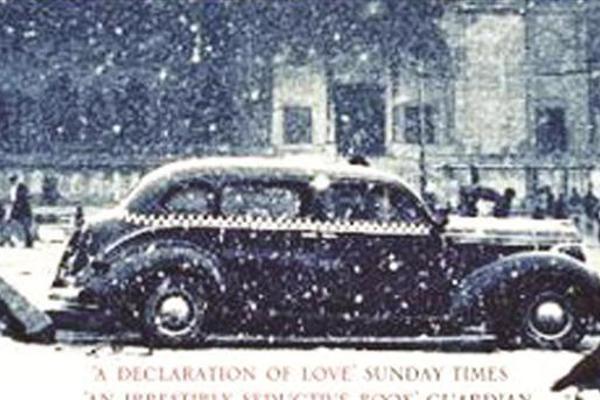Istanbul: Memories and the City
William Armstrong - william.armstrong@hdn.com.tr


I first read Orhan Pamuk’s childhood memoir of Istanbul three years ago, during a brief spell living in Ankara and before even having visited the city in question. It didn’t make much of an impression on me at the time, which is perhaps surprising as I was surely ripe to be wooed by it – surrounded as I was by the imagination-sapping ordinariness of Ankara. Its merits became more apparent only on second reading, after having lived in Istanbul for almost three years.
Pamuk himself has lived in the city all his life, and it has been the inspiration for much of his output as a novelist. While some writers feed on exile, travel, and rootlessness, Pamuk describes his imagination as requiring that he stay “in the same city, on the same street, in the same house, gazing at the same view. Istanbul’s fate is my fate: I am attached to this city because it has made me who I am.” The book extends this personal symbiosis with place to his upper-middle class republican family whose story, in many ways, mirrors that of their city. Ever since Pamuk’s grandfather made his fortune engineering the new rail lines in the early years of the Turkish Republic, the family has been in slow, apparently inexorable decline. “It was a long time coming, arriving by circuitous route, but the cloud of gloom and loss that the fall of the Ottoman Empire had spread over Istanbul finally claimed my family, too,” Pamuk writes.
“Istanbul…” alternates reflections on his formative years (some labored, some more inspired) with a kind of digressive cultural history, in which obscure bits of odds and ends from the city’s past are dredged up and explored. For me, these are the more satisfying sections of the book. Particularly amusing is the chapter made up of excerpts taken from the past 130 years of city newspaper columnists, offering their readers droll advice on urban etiquette. Engaging reflections are also included on all the major cultural figures – both native and European - who have shaped the popular images of Istanbul. Pamuk is very good on comparing these images with his own rather darker understanding of the city, every corner of which he sees as being infused with an almost ineffable melancholy. One of Pamuk’s favorite bits of 20th century detritus is the unfinished multi-volume “Istanbul Encyclopedia,” obsessively compiled by the esotericist Reşat Ekrem Koçu. It is made to sound truly extraordinary here, but I’ve still never been able to find any volume of it in the flesh. Perhaps it’s only the appeal of mystery that makes such curiosities seem so irresistible anyway.
“I loved Istanbul for its ruins … for the glories once possessed and later lost,” Pamuk writes at one point. “I love this city not for any purity but precisely for the lamentable want of it.” Most of his novels have mined Istanbul’s romantic state of decay, its unique end of empire melancholy, which – even in its crudeness – has always been ripe for a novelist or poet of his sensibility. Still, it’s rather less clear what he would make of the crass Dubaization of the city’s countless multi-million dollar housing projects; or the prospect of its proliferating Disney-fied urban regeneration projects, (as well as the emptying out of the inconvenient poor from these “regeneration areas”); or the almost daily opening of hollow and brightly-lit new shopping malls in fake “historically recreated” neo-Ottoman buildings. Unfortunately for souls like Pamuk, it is these far less poetically-inspiring phenomena that are increasingly coming to define life in the 21st century Istanbul. This book should perhaps therefore be read as a somber eulogy for a disappearing Istanbul of the past century - the melancholy of the modern-day shopping mall is something very different to the melancholy described here.
Recommended Recent Release


‘Cruel Britannia: A Secret History of Torture’ by Ian Cobain
Portobello Books, pp 320, 50TL
